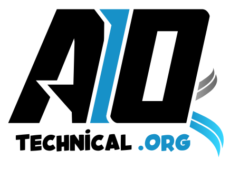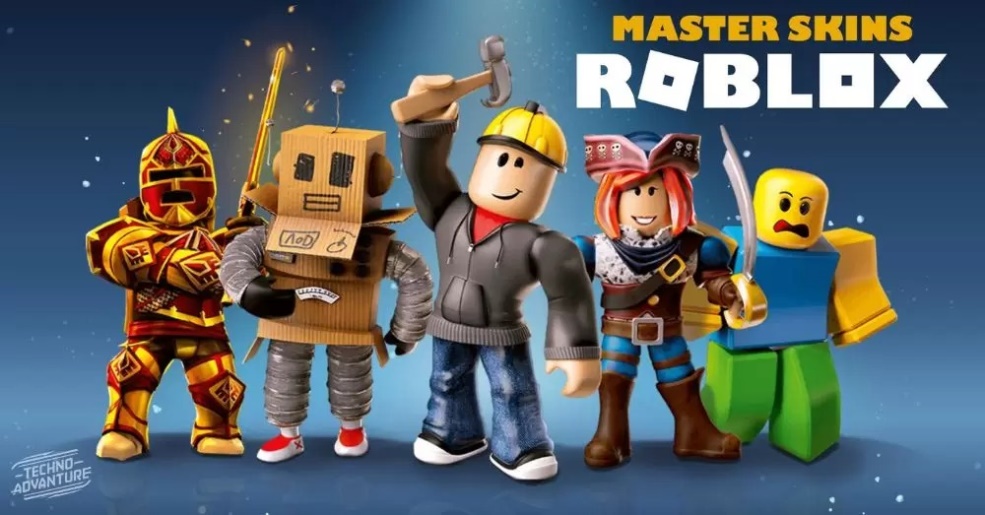Introduction
Roblox, the massively popular online platform that allows users to create and play games, has become a household name in the gaming community. Central to its identity is the Logo:8rneleok-fk= Roblox, a symbol that has undergone significant transformations over the years. This article delves into the history and evolution of the Roblox logo, exploring its design changes, the reasons behind them, and the impact the logo has had on the brand’s identity.
The Origins of the Roblox Logo
Roblox was founded in 2004 by David Baszucki and Erik Cassel. Initially, the platform was known as DynaBlocks, a name that was soon changed to Roblox—a portmanteau of “robots” and “blocks.” The early logo of Roblox reflected the platform’s core concept of building and creativity.
Before the official launch of Roblox, the platform was known as DynaBlocks. The logo was simple and functional, primarily featuring blocky, 3D text that reflected the building-block nature of the platform. However, the name “DynaBlocks” was considered cumbersome, leading to the rebranding as Roblox in 2005.
The first official Roblox logo, introduced in 2005, was a stylized representation of the platform’s name. The logo featured a playful, blocky font that resonated with the youthful and creative audience that Roblox was targeting. The color scheme was vibrant, with a mix of red, yellow, and blue, symbolizing energy and creativity. This logo was designed to appeal to the core demographic of young gamers and budding developers.
The Transformation: 2006-2017
As Roblox grew in popularity, the company realized the need to evolve its brand identity to reflect its expanding user base and the platform’s increasing complexity.
In 2006, Roblox introduced a new logo that retained the playful, blocky font but introduced a more refined and professional appearance. The letters were given a 3D effect, with a slight tilt that conveyed motion and dynamism. The color scheme was also updated, with a focus on a bold red color, which would become a signature element of the Roblox brand.
This redesign was more than just a visual update; it signaled Roblox’s commitment to becoming a major player in the online gaming world. The logo’s 3D effect and dynamic tilt reflected the platform’s focus on immersive, user-generated experiences.
In 2010, Roblox underwent another logo refresh, this time focusing on modernizing the design while maintaining the brand’s playful identity. The 3D effect was toned down, and the letters were streamlined for a cleaner, more contemporary look. The bold red color was retained, but the logo was made more versatile, allowing it to be used across various digital and physical media with greater ease.
This iteration of the logo was a response to the platform’s growing user base, which by this time included not only young gamers but also developers and educators. The updated logo needed to be versatile enough to represent the diverse community that Roblox was fostering.
The Major Overhaul: 2017-2019
As Roblox continued to expand its influence in the gaming industry, the company recognized the need for a more significant rebranding effort. The platform was no longer just a niche product; it had become a global phenomenon with millions of active users.
In 2017, Roblox introduced a completely new logo that marked a departure from the previous designs. The playful, blocky font was replaced with a more minimalist and geometric design. The letters were now sharp and angular, with the “O” in Roblox represented as a tilted square. The color was simplified to a monochromatic scheme, with the logo primarily appearing in black or white.
This overhaul reflected Roblox’s maturation as a brand. The new logo was designed to be more versatile, professional, and suitable for a wide range of applications, from mobile apps to merchandise. The tilted square “O” became an iconic symbol of the brand, representing creativity, innovation, and the endless possibilities within the Roblox platform.
In 2018, Roblox made a minor update to the logo, slightly adjusting the tilt of the square “O” and refining the overall design to ensure consistency across different platforms and media. This subtle change was part of Roblox’s ongoing efforts to keep the brand fresh and relevant in a rapidly evolving digital landscape.
The Current Roblox Logo: 2019-Present
The most recent update to the Roblox logo came in 2019, and it remains the logo in use today. This version of the logo builds on the 2017 overhaul but with further refinements to enhance clarity and visual appeal.
The 2019 logo retained the minimalist and geometric design introduced in 2017 but made further adjustments to the proportions and alignment of the letters. The tilt of the square “O” was fine-tuned, and the overall spacing between the letters was adjusted for better balance and readability. The logo’s color scheme remained monochromatic, with black and white being the primary colors.
This version of the logo embodies Roblox’s identity as a modern, innovative platform that empowers users to create, explore, and connect. The minimalist design is versatile and timeless, ensuring that it can adapt to the platform’s future growth and evolution.
The Impact of the Roblox Logo on Brand Identity
The Roblox logo has played a crucial role in shaping the platform’s brand identity. Each iteration of the logo has been a reflection of Roblox’s growth, ambitions, and the community it serves. The evolution of the logo mirrors the platform’s transition from a niche online game creation tool to a global entertainment powerhouse.
The Roblox logo, particularly the iconic tilted square “O,” has become a symbol of creativity and innovation. It is instantly recognizable to millions of users worldwide, making it a powerful tool for brand recognition. The logo’s simplicity and versatility have allowed it to be effectively used across a wide range of media, from digital platforms to physical merchandise.
The evolution of the Roblox logo has also been a way for the company to engage with its community. Each logo redesign has been met with anticipation and discussion among the platform’s users, reflecting the deep connection that the community has with the brand. The logo serves as a visual representation of the platform’s values—creativity, innovation, and inclusivity.
As Roblox continues to grow and evolve, the current logo is well-positioned to adapt to future changes. Its minimalist design ensures that it remains relevant and timeless, while the iconic square “O” allows for flexibility in branding and marketing efforts. The logo’s simplicity also makes it easier to incorporate into new products, services, and experiences that Roblox may introduce in the future.
Conclusion
The evolution of the Roblox logo is a testament to the platform’s growth and success. From its early days as a simple, playful design to its current minimalist and iconic form, the logo has evolved alongside the platform, reflecting its changing identity and ambitions. As Roblox continues to innovate and expand, its logo will remain a symbol of the creativity and limitless possibilities that the platform offers to its users.

